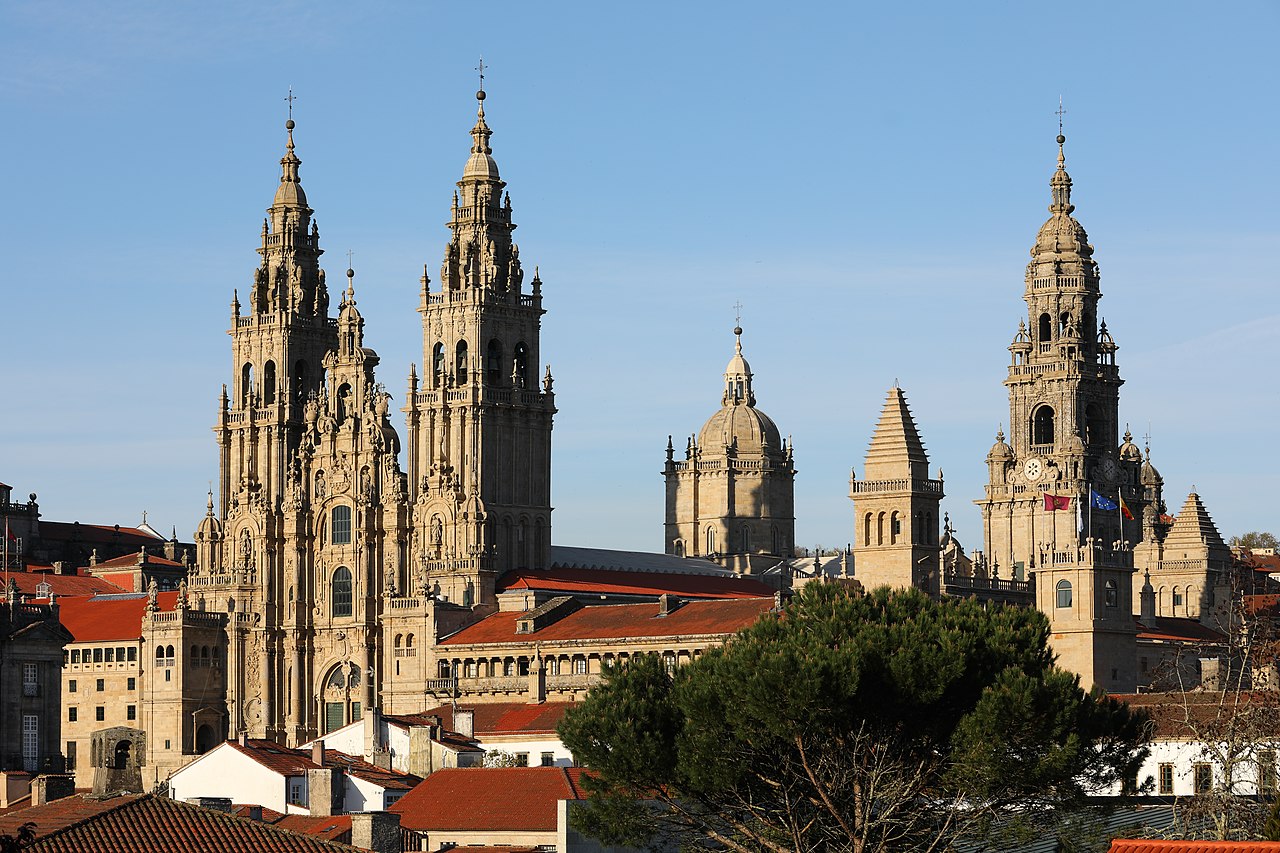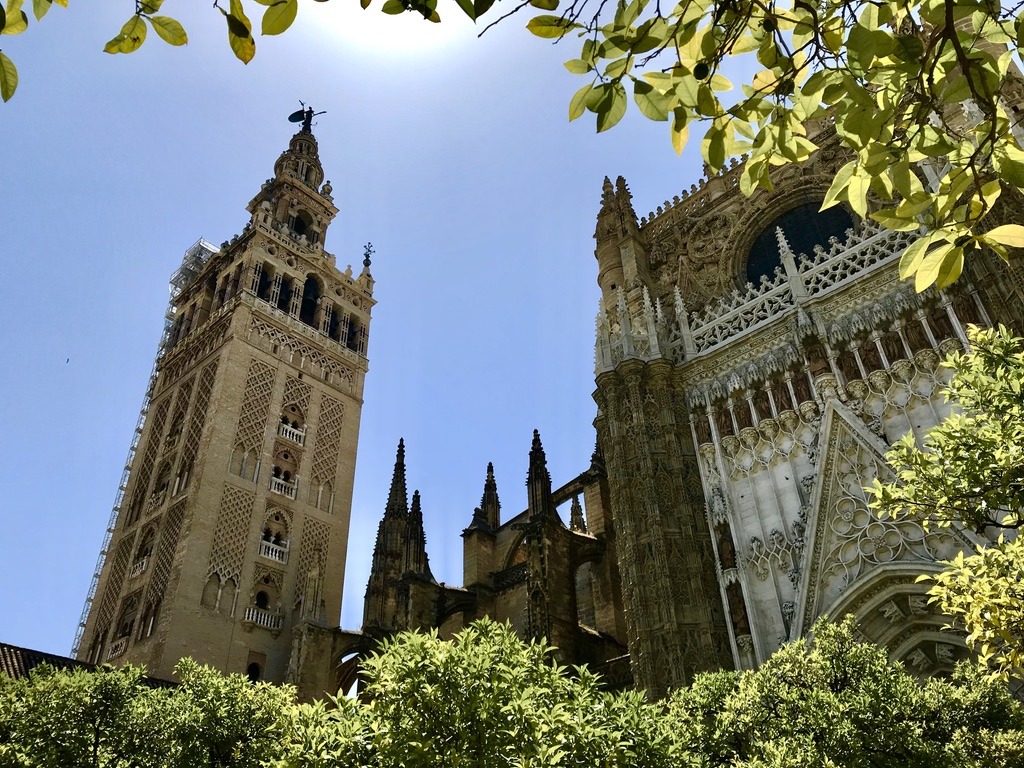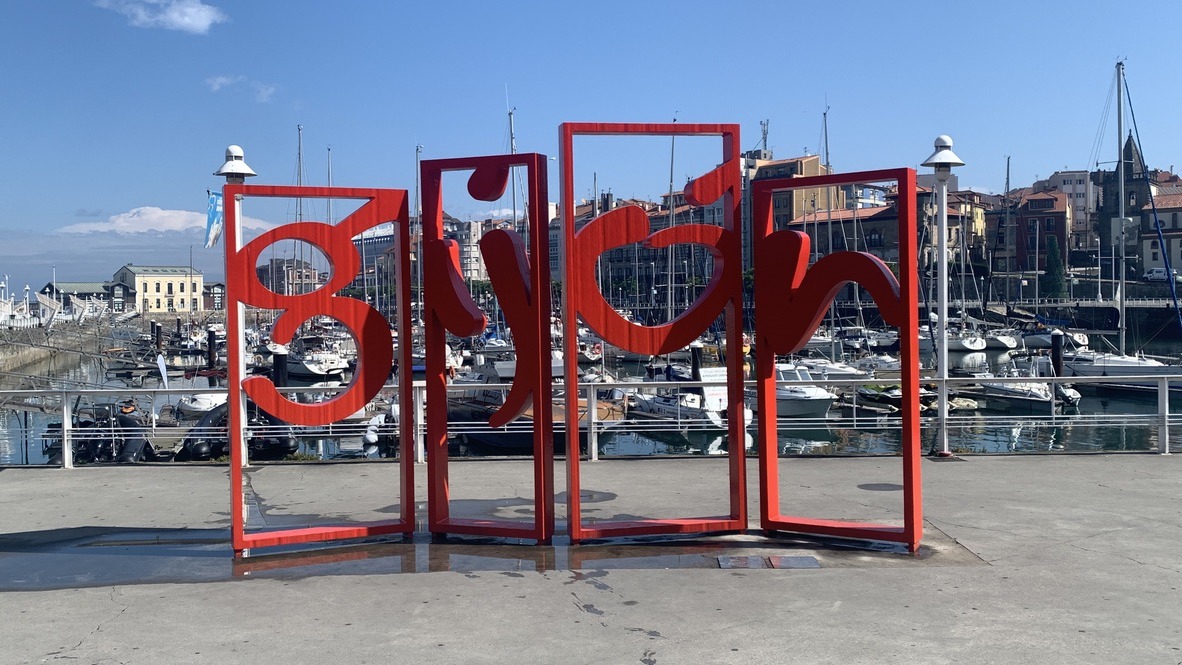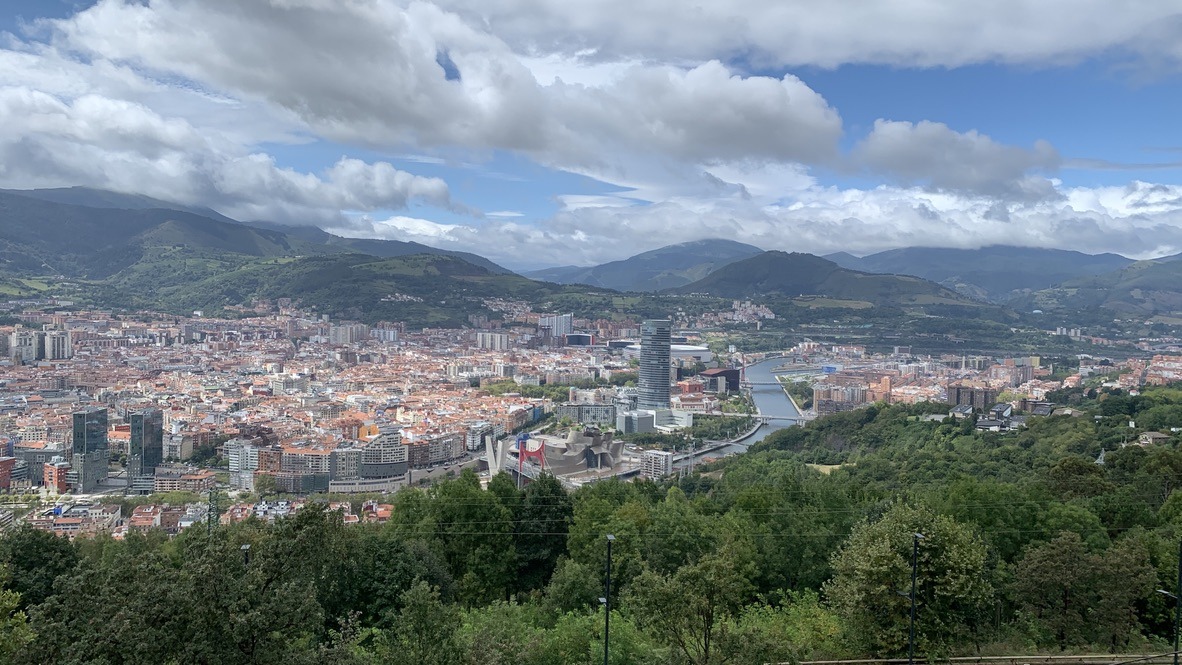Santiago de Compostela is the final destination of the Camino de Santiago with a beautiful historic city center and an iconic cathedral revered by pilgrims for centuries.
What Makes It Unique
Santiago de Compostela, nestled in the lush landscapes of Galicia in northwestern Spain, is renowned as the end of the Camino de Santiago pilgrimage route, attracting pilgrims from around the world to its magnificent cathedral. The city’s old town, a UNESCO World Heritage Site, is a labyrinth of cobblestone streets, medieval squares, and historic buildings, including the awe-inspiring Santiago de Compostela Cathedral, which houses the remains of St. James the Apostle. The cathedral’s imposing façade and intricate interior are a testament to the city’s status as a major pilgrimage destination since the Middle Ages. Santiago de Compostela’s cultural scene includes events such as the Feast of St. James and the International Folk Festival highlighting its rich Galician heritage. The city’s cuisine, featuring traditional dishes like pulpo a la gallega (Galician-style octopus), empanada gallega, and tarta de Santiago (almond cake), reflects its reliance on fresh local ingredients and seafood. Surrounded by verdant countryside and rolling hills, Santiago de Compostela offers a serene and picturesque setting for outdoor activities such as hiking and cycling, further enhancing its appeal as a destination that celebrates both spirituality and natural beauty.
Getting There and Around
Santiago de Compostela, the capital of the Galicia region in northwestern Spain, is well-known as the culmination point of the Camino de Santiago pilgrimage route. Santiago de Compostela Airport, located about 13 kilometers from the city, is the nearest airport. From the airport, you can reach the city by bus, taxi, or car rental. Within Santiago, public transportation includes buses and taxis, but the compact size of the historic center makes walking the most convenient way to explore the city.
Top Attractions
Santiago de Compostela Cathedral: The centerpiece of the city and a UNESCO World Heritage site, this magnificent cathedral is the final destination for pilgrims on the Camino de Santiago. Its stunning architecture, the Pórtico da Gloria, and the botafumeiro (giant thurible) are must-sees.
Praza do Obradoiro: The main square in front of the cathedral, surrounded by important buildings such as the Raxoi Palace and the Hostal dos Reis Católicos. It’s a vibrant area where pilgrims gather and celebrations take place.
Monastery of San Martiño Pinario: One of Spain’s largest monasteries, featuring beautiful Baroque architecture and a rich history. It now houses a seminary and museum.
Museo do Pobo Galego (Museum of the Galician People): Housed in a former convent, this museum offers insights into Galician culture, traditions, and history, with exhibits on crafts, costumes, and more.
Alameda Park: A lovely park offering stunning views of the cathedral and the old town. It’s a great place to relax, take a leisurely walk, and enjoy the greenery.
Culture and Cuisine
Santiago de Compostela is a city with deep cultural and religious significance, drawing thousands of pilgrims each year. The city is also known for its festivals, particularly the Feast of St. James on July 25th, featuring parades, fireworks, and cultural events.
Galician cuisine is a highlight, with an emphasis on fresh seafood. Must-try dishes include pulpo a la gallega (Galician-style octopus), empanada gallega (savory pie), and pimientos de padrón (small green peppers). For a sweet treat, try tarta de Santiago (a traditional almond cake). The Mercado de Abastos is a bustling market where you can sample and purchase local produce.
Shopping
For shopping, head to Rúa do Franco and Rúa Nova, where you’ll find a mix of boutiques, souvenir shops, and local stores. The old town offers many artisan shops selling traditional crafts, jewelry, and local products such as Galician lace, ceramics, and gourmet foods. The Mercado de Abastos is also a great place to buy local delicacies and fresh products.
Day Trips
Santiago de Compostela’s location makes it an ideal base for exploring nearby attractions:
- A Coruña: A coastal city known for its Roman lighthouse (Tower of Hercules), beautiful beaches, and vibrant cultural scene.
- Rías Baixas: A region famous for its scenic coastline, charming fishing villages, and Albariño wine. Visit towns like Pontevedra and Combarro for a taste of local life.
- Finisterre: Traditionally considered the “end of the world” by pilgrims, this coastal town offers dramatic cliffs, a historic lighthouse, and stunning ocean views.
Practical Tips
A few simple tips to make your visit to Santiago de Compostela easier.
- Best Time to Visit: Spring (April to June) and Fall (September to October) offer mild weather and fewer tourists. Summers are warm and busy, especially during the Feast of St. James, while winters are cooler and rainier.
- Language: Spanish and Galician are the official languages. While English is spoken in tourist areas, knowing some basic Spanish or Galician phrases can be helpful.
- Safety: Santiago de Compostela is generally safe, but as with any tourist destination, be mindful of your belongings in crowded areas and during major events.





